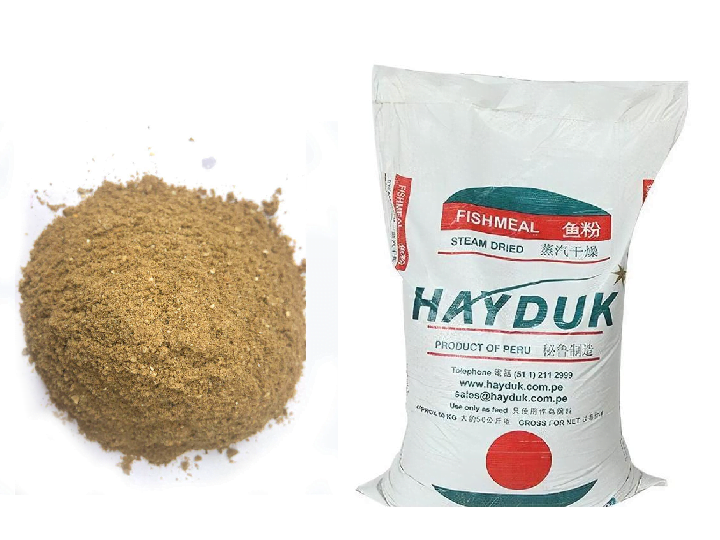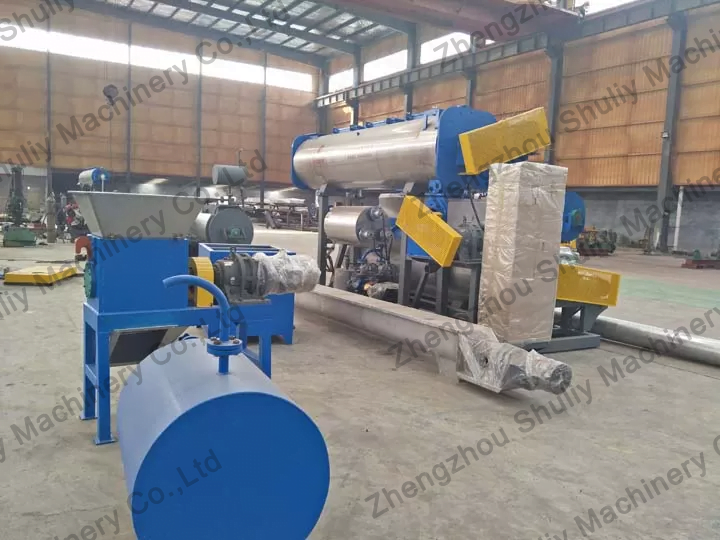Fishmeal processing is now a very mature process, the machinery and equipment are also very advanced, and there are many innovations. The processing technology of fish meal can be seen from a producing small quantities fishmeal method.
Producing small quantities fishmeal method introduction

1. Material selection. The raw materials are low-value small fish, small shrimp, or wastes from fish processing species, such as fish heads, tails, gills, internal organs, etc., which can be used as raw materials for the production of fish meal. However, salted fish is not suitable for use.
2. To cook. Rinse with cold water, remove and drain, put in a cloth bag, put in a steamer or steam for about 20 minutes.
3. Squeeze. Add rocks or other heavy objects to squeeze out the water. If the number is large, it can be squeezed mechanically, and the pressure is gradually reduced. After most of the water has been squeezed out, the pressure is gradually increased until it is pressed dry.
4. Air-drying The dried dregs are spread out to dry evenly, and are frequently turned over to facilitate timely drying and avoid perishability.
5. Pulverize. Packed into paper bags or burlap bags for finished products. If the fish meal is stored for a long time, the fish meal production equipment reminds you that you should dry it on time to avoid moisture absorption and mildew.
Machine made fishmeal

The principle of using machines to produce fishmeal and a small amount of manual production of fishmeal is the same, but machines can produce fishmeal on a large scale and form a large-scale industry. The machines used in the fish meal production line include cooking machines, presses, dryers, and pulverizers.
Necessary conditions for developing fishmeal industry

The raw materials used in fishmeal processing are very important. If there are abundant fish resources around, you can consider the fishmeal processing business. And cannot be transported for a long time. Avoid fish rot during transportation, resulting in stale fish meal.
